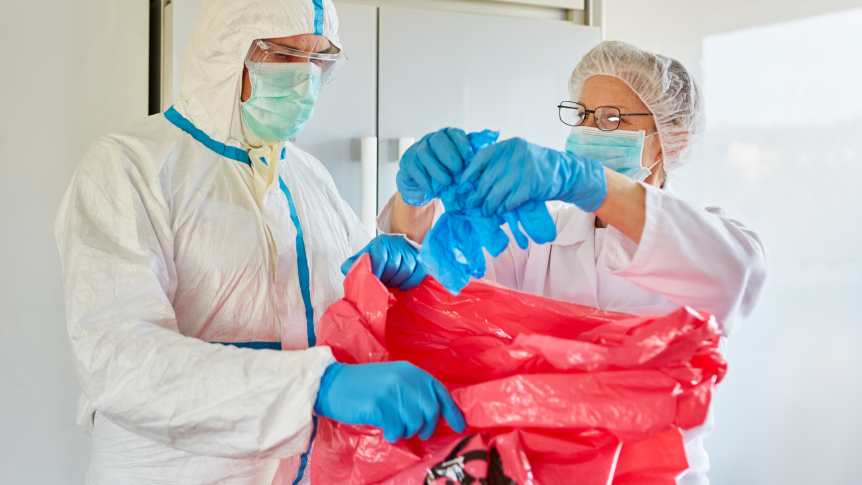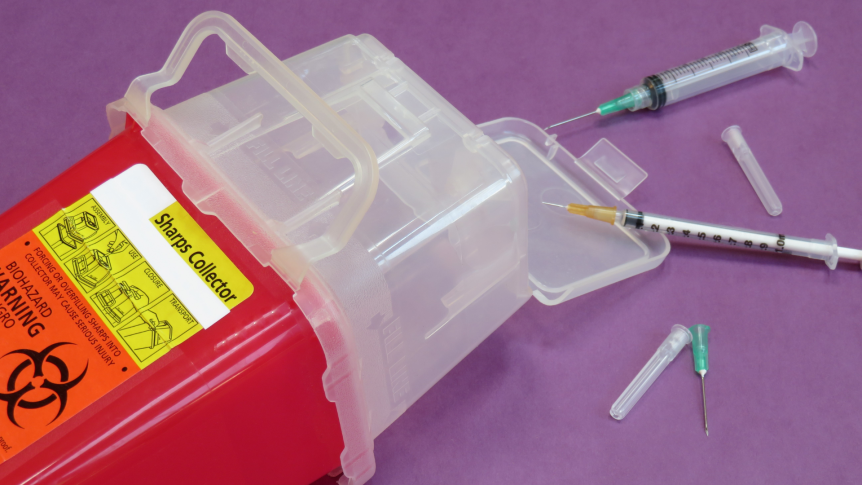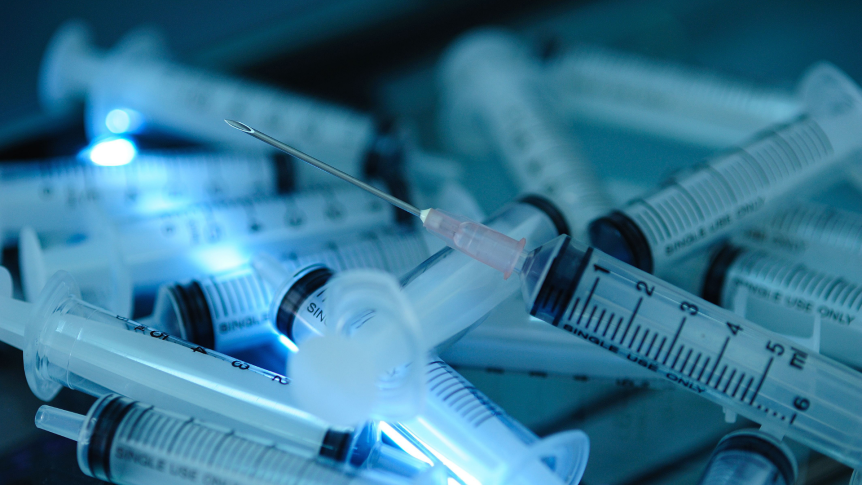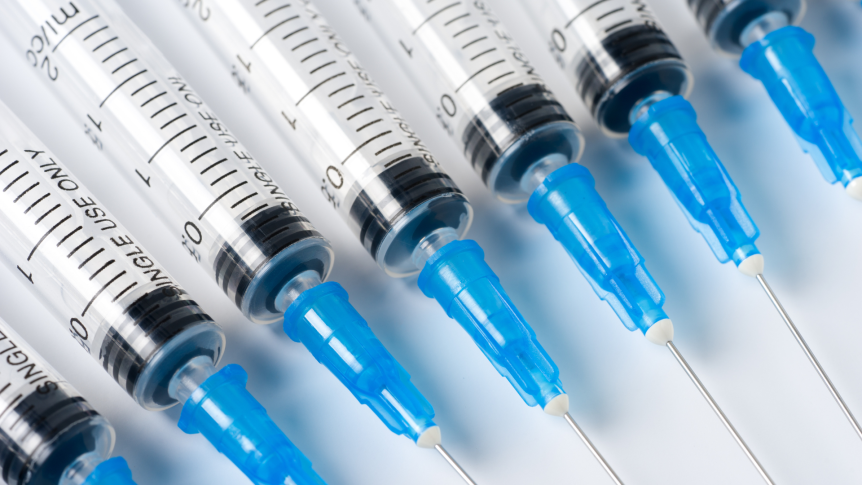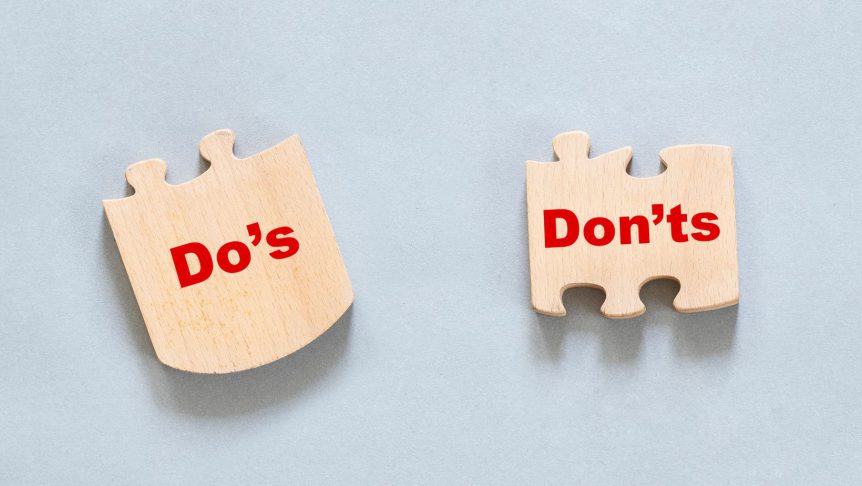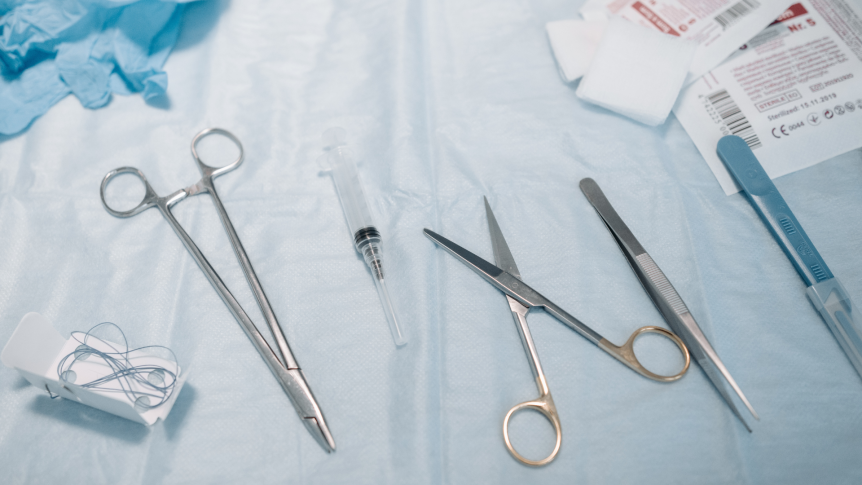Medical waste is any material that is generated in the diagnosis, treatment or immunization of humans or animals. This type of waste is regulated by law and requires special handling and disposal to prevent harm to public health and the environment. Medical waste can be generated by hospitals, clinics, laboratories, dental offices, veterinary facilities, and even households. In this article, …
Sharps Safety and Training
By: Outpatient Surgery Magazine, Kaylan Anderson, RN, BSN If you’re looking to bolster your sharps safety efforts, here are some key safety components to keep your surgery center injury-free: Regular Audits Perform a sharps safety audit each quarter to ensure all needle safety and infection prevention policies are being performed correctly and none of your staff become complacent, rush or …
Sharps Disposal Containers in Healthcare Facilities
Provided by: U.S. Food and Drug Administration Sharps disposal containers are made from rigid puncture-resistant plastic or metal with leak-resistant sides and bottom, and a tight-fitting, puncture-resistant lid with an opening to accommodate depositing a sharp but not large enough for a hand to enter. “Sharps” refers to objects with sharp points or edges that can puncture or cut skin, …
Needle Stick Injury: What To Do
Provided By: WebMD Needle stick injuries are a reality for people who regularly use needles, like nurses and lab workers. It also can happen if you handle trash, even if it’s not medical waste. According to the CDC, some 385,000 healthcare workers accidentally stick themselves with needles every year. Your chances of catching a disease from a single needle stick …
How to Dispose of Needles: Safe Practices for Discarding Used and Unused Sharps
Provided By: GoodRX Throwing away syringes, needles, and lancets — commonly called “sharps” — is important to prevent injury. Properly disposing of them can also help you avoid infections from used needles, including hepatitis B (HBV), hepatitis C (HCV), and HIV. Here, we’ll cover some basic facts about how to get rid of sharps — including syringe needle disposal, the …
DOs and DON’Ts of Proper Sharps Disposal
Provided By: fda.gov Dos √ DO immediately place used needles and other sharps in a sharps disposal container to reduce the risk of needle sticks, cuts, or punctures from loose sharps. √ DO use an FDA-cleared sharps disposal container, if possible. If an FDA-cleared container is not available, some organizations and community guidelines recommend using a heavy-duty plastic household container …
How To Prevent Needlestick And Sharps Injuries
Provided By: CDC Needlestick and other sharp injuries are serious hazards in any healthcare setting. Contact with contaminated needles, scalpels, broken glass, and other sharps may expose healthcare workers to blood that contains pathogens that pose a grave, potentially lethal risk. Activities with Potential for Needlestick Injuries Home healthcare workers can be at risk for needlestick or sharps …
